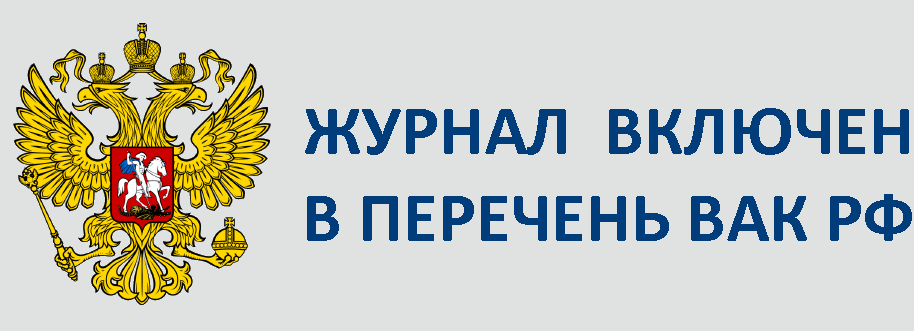№1-2020-07
DOI: https://doi.org/10.22281/2413-9920-2020-06-01-62-72
УДК 62-752.2
Корытов М.С., Щербаков В.С., Почекуева И.Е.
Сравнительный анализ пружинных механизмов виброзащитных кресел дорожно-строительных машин
Уменьшение вибраций оператора дорожных и строительных машин, передающихся человеку-оператору через его кресло, является актуальной задачей, поскольку вибрации оператора отрицательно влияют на процессы его жизнедеятельности, работоспособность и утомляемость, точность выполняемых машиной операций и т.д. Преимуществами для применения в виброзащитных системах обладают механические устройства без использования гидравлических и электрических элементов, как более надежные и долговечные. Среди них могут быть выделены виброзащитные системы с использованием механизмов с перескоком. Механизм с перескоком обеспечивает отрицательную жесткость, когда сила, создаваемая подобным механизмом, сонаправлена отклонению от положения равновесия и возрастает с увеличением этого отклонения. Сочетание подобного механизма с обычной пружиной обеспечивает квазинулевую жесткость. Согласно разработанным кинематическим схемам трех механизмов, рассмотренных в качестве примера (фермы Мезиса, ромбового механизма и трехточечного механизма), методом прямого вывода составлены аналитические уравнения, связывающие значение отклоняющей силы механизма от перемещения рабочей точки, связанной с креслом и оператором. Полученные аналитические зависимости позволили провести сравнительный анализ статических характеристик трех механизмов с перескоком. Габаритные размеры механизмов и жесткость пружин принимались равными. Приведены графики вертикально направленных сил, создаваемых рассматриваемыми механизмами, в зависимости от вертикального перемещения рабочей точки в диапазоне десяти сантиметров. Численно получены зависимости значений кривизны функций вертикальных сил трех механизмов от вертикального перемещения рабочей точки. Сравнительный анализ показал преимущества ромбового и, в особенности, трехточечного механизмов перед фермой Мезиса в плане обеспечения меньшей кривизны функций отклоняющей силы от перемещений рабочей точки, а также меньшего количества пружин. В ромбовом и трехточечном механизмах используются пружины растяжения вместо пружин сжатия в ферме Мезиса. Наибольшую отклоняющую силу при одинаковой жесткости пружин и одинаковых габаритных размерах механизмов создает трехточечный механизм.
Ключевые слова: вибрации, виброзащита, ферма Мезиса, ромбовый механизм, трехточечный механизм.
Korytov M.S., Sherbakov V.S., Pochekueva I.E.
Comparative analysis of spring mechanisms of vibroprotective chairs of road construction machines
Reduction of vibrations of the human operator of road and construction machinery, emerging and transmissible human operator through his workplace while driving cars, is an important task, since the vibration of the human operator adversely affect the processes of its life, performance and fatigue, precision machine executable operations etc. The advantages for use of vibration isolation systems have mechanical devices without the use of hydraulic and electric components as the more reliable and durable. Among them can be highlighted Vibration system using hopping mechanisms. Hopping mechanism provides a negative stiffness when force produced by a similar mechanism, co-directed the deviation from the equilibrium position, and increases with the deviation. The combination of such a mechanism with conventional spring provides a quasi-zero stiffness. According to the developed kinematic schemes of three jump mechanisms considered as an example: Mezis truss, rhombus mechanism, and three-point mechanism, analytical equations are constructed by direct inference that relate the value of the deflecting force of the mechanism from the movement of the working point associated with the payload in the form of a chair with a person the operator. The obtained analytical dependencies allowed a comparative analysis of the static characteristics of the three mechanisms with a jump. The overall dimensions of the mechanisms and the stiffness of the springs were taken equal. The graphs of vertically directed forces created by the considered mechanisms are given, depending on the vertical movement of the working point in the range of ten centimeters. In addition, the dependences of the values of the curvature of the functions of the vertical forces of the three mechanisms on the vertical movement of the working point are obtained by a numerical method. A comparative analysis showed the advantages of the rhombic and three-point mechanisms over the Mezis truss in terms of providing less curvature of the functions of the deflecting force from the displacements of the working point, as well as a smaller number of springs. In rhombic and three-point mechanisms, tension springs are used instead of compression springs in the Mezis truss. The greatest deflecting force with the same spring stiffness and the same overall dimensions of the mechanisms creates a three-point mechanism.
Key words: vibration, vibration protection, Mezis truss, rhombic mechanism, three-point mechanism.
Скачать статью (файл pdf) — Download (pdf)

Это произведение доступно по лицензии Creative Commons «Attribution-ShareAlike» («Атрибуция — На тех же условиях») 4.0 Всемирная.





























